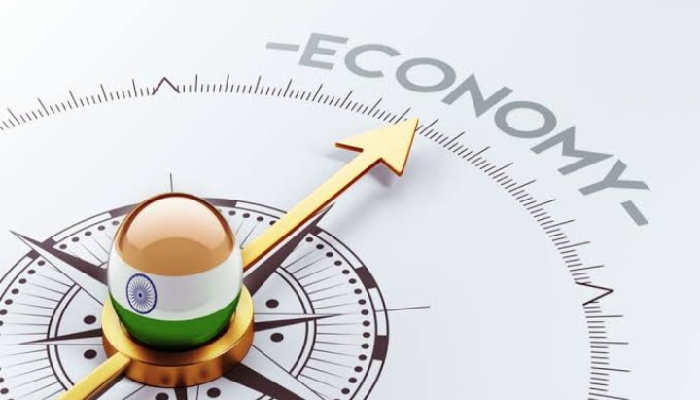Ranchi, Jun 21: Appealing to people to take yoga to all sections of society, Prime Minister Narendra Modi on Friday said yoga is above everything, as he performed various asanas with around 40,000 enthusiasts at the Prabhat Tara ground here to mark the fifth International Day of Yoga.
Modi also urged people to make yoga an integral part of life.
"We should make efforts to take yoga from cities to villages and tribal areas. Yoga is above religion, caste, colour, gender and region, it is above everything," he told the gathering.
The main event for the yoga day was held at the Jharkhand capital.
"It (yoga) is constant and evolving for centuries. The essence of yoga has been stable and remained the same -- healthy body, stable mind, spirit of oneness. Yoga has provided a perfect blend of knowledge, karma and bhakti," the prime minister said.
Events to mark the day are being held across the globe and in India, several of them are being led by Union ministers, including Amit Shah and Rajnath Singh.
Modi also said the government has been working to make yoga a pillar of preventive healthcare.
Expressing concern that young people are becoming vulnerable to heart ailments, Modi said, "Yoga can play a huge role in tackling the issue and hence, this year's theme is 'Yoga for Heart'."
"It is painful to read about alcoholism, substance abuse, diabetes and other things, adding yoga offers a solution to these problems," he added.
He stressed that for yoga to become popular, infrastructure for it must be strengthened and said the government was working towards it.
"Peace and harmony are related to yoga. People across the world must practice it," Modi said.
The prime minister had arrived here Thursday night.
On his way out of the venue, Modi shook hands with several participants, including school children, who reached out to the prime minister over barricades.
The International Day of Yoga is being celebrated annually on June 21 since 2015.






Comments
We don't want any yoga or peega
If the PM could tweet on the thumb injury of Shikhar Dhawan, the dinner he hosted for MPs and on the Yoga Day, should he have also tweeted to voice his concern at deaths in Muzaffarpur?
His government Ayushman plan covering upto 5 lakh seems got out of the air, like the rest of the plan.
Prime Minister is aware of small things, but in Bihar the death of children is a blow which is probably not known to him. It is true that children's don't have the right to vote!
Cricketer Shikhar Dhawan's injuries will be cured but those 115 children who have gone in the absence of treatment will never come back. At least Modiji should have wrote two words for them too.
Yoga cannot correct - GDP, unemployment among the youth, farmers' distress and children's deaths.
Bihar has given 39 seats and in that Bihar more than 150 children are killed, and the Prime Minister of this country enjoys Yoga-Boga.
PM Modi or his team tweeted or said a single word for 100+ kids who lost their lives due to Encephalitis in Muzaffarpur.
1.Why hisgovt have not taken any action on that issue 5 years in Centre & 13 years in State government?
2. Why did Health Sector is facing so many problems in Bihar?
3. Is Ayushman Bharath considered failure?
Jai Hind
Yoga is above some ones mother and wife. Totally yoga a topic for some ones drama baaji n for some one's July baajI and their listeners are only paid chaddi daari
Add new comment